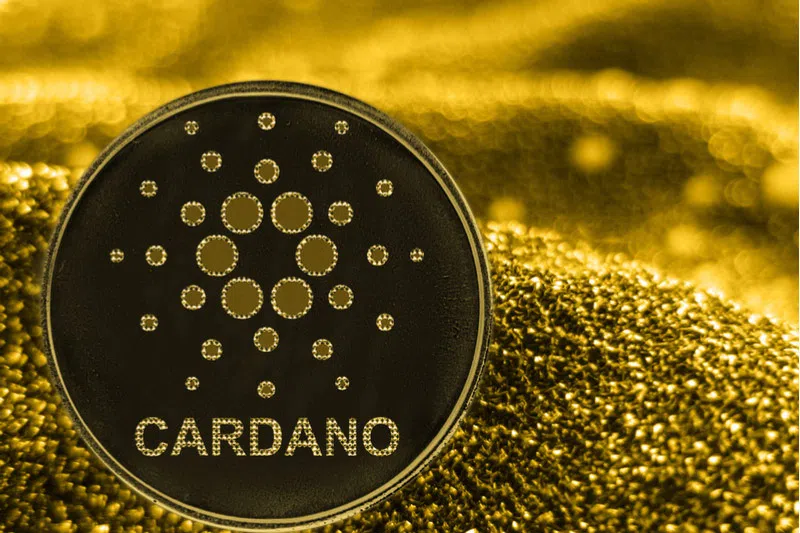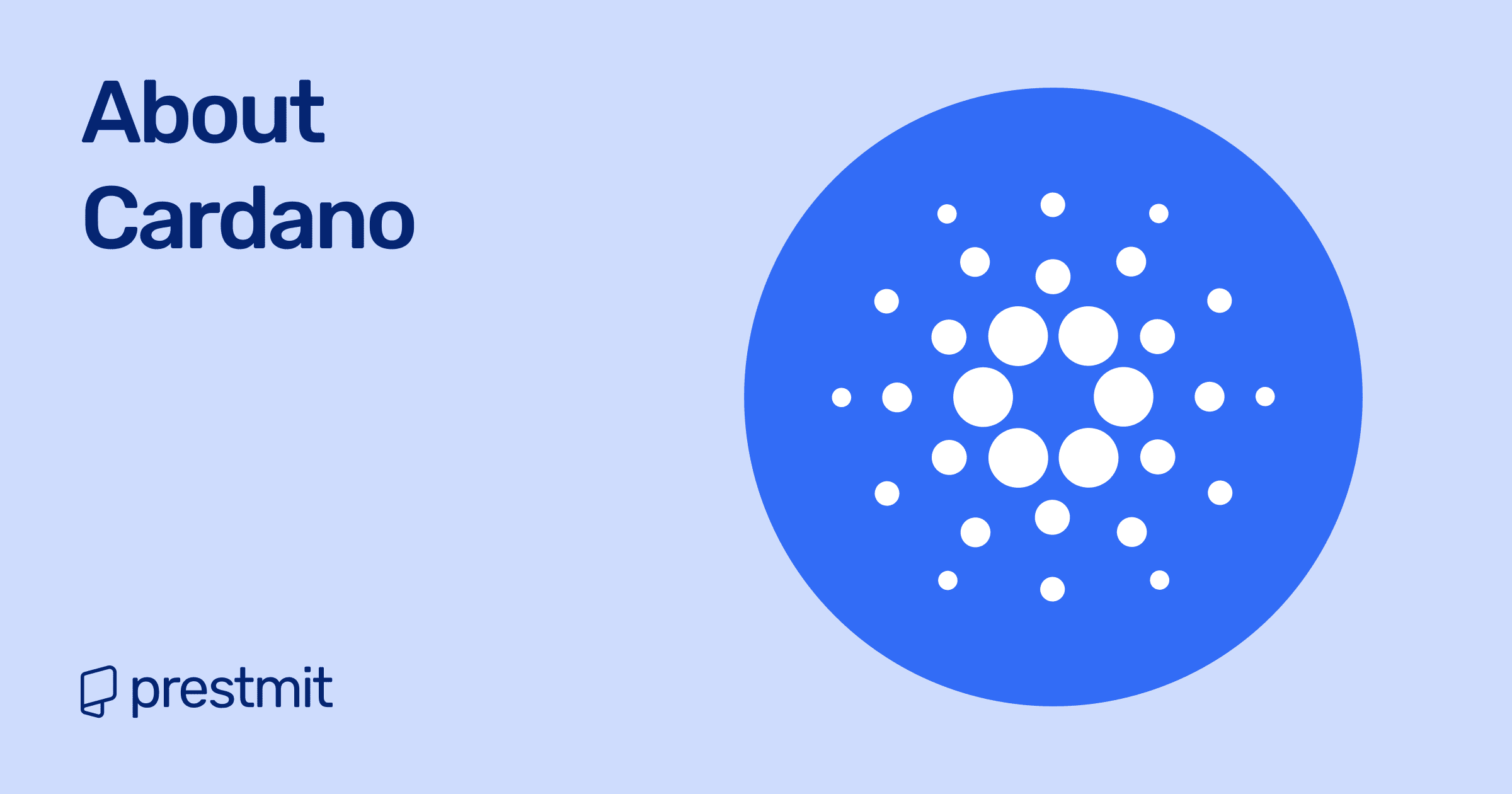Table of Contents
Did you know that several blockchains have crashed under pressure? Wondering what could have gone wrong, whether it was poor scalability, weak foundations, or hype without substance?
The truth is, not every blockchain is built to last. But Cardano is different— it’s a unique system born from peer-reviewed research, and engineered for sustainability. Cardano is quietly becoming the most robust ecosystem in the crypto industry.
It recently exceeded $700 million in Total Value Locked (TVL) in its DeFi space, showing strong growth and investor confidence. The question is, is it truly the “Ethereum killer,” or just another overhyped promise? Keep reading to find out what makes Cardano different and why it might be blockchain’s next revolution.
What is Cardano (ADA)?

Cardano is a decentralized blockchain platform built to offer a more balanced and sustainable ecosystem for cryptocurrencies and decentralized applications (dApps). It was created to overcome the limitations of earlier blockchain systems like Bitcoin and Ethereum, with a focus on scalability, sustainability, and interoperability.
Since its launch in 2017, Cardano, developed by Charles Hoskinson, has gained a reputation for its methodical, research-driven development and its commitment to peer-reviewed academic processes.
Cardano is named after Gerolamo Cardano, an Italian polymath in the 1500s. And the digital money it uses, called ADA, is named after Ada Lovelace, a mathematician from the 1800s who is widely seen as the world’s first computer programmer.
What makes ADA different is its structure. Token holders don’t just hold currency; they hold voting power. This way, they have a say in any changes to the software.
There are currently 45 billion ADA tokens in the system, but only 31 billion are being used. This means ADA is scarce, and that is exactly why it could become more valuable over time.
How Does Cardano Work?
Cardano has a two-layer build. While one part handles transactions (settlement), the other manages smart contracts. This split structure makes processes faster and more secure. This way, the entire network is not disturbed when there needs to be an update.
Cardano uses a smart system called Ouroboros, which secures the network without the energy demands of traditional mining. Its native token is ADA, just like BTC is the native coin of the Bitcoin network. ADA holders can stake their tokens to help validate transactions and maintain the integrity of the blockchain, thereby earning rewards in the process. This way, it is energy-efficient and rewards good behaviour without needing huge computer power.
Every transaction on Cardano is like a group agreement: once everyone on the network agrees, it’s confirmed. This makes it super safe, transparent, and ready for anything, whether handling your money, tracking goods, or even school records.
Technical Parts Of Cardano
The development of Cardano is in five phases, which is in a bid to achieve its goal for decentralized applications (dApps). These five phases are eponymous of influential historical personalities where they are called eras. Below is a list of the five phases:
1. Byron (Foundation)
The first phase of Cardano is called Byron and was launched in September 2017. Also, the company launched the ADA cryptocurrency and Daedalus desktop wallet right about that time.
2. Shelley (Decentralization)
Officially began operation in June 2020, this is the second phase of Cardano development.
3. Goguen (Smart Contracts)
Smart contracts and dApps are provided in this third era. Upgraded In the third era of Cardano, where everyone is availed to participate in verifying Cardano transaction process.
4. Basho (Scaling)
Basho is the fourth phase of Cardano development, driven at adding side chains to the cryptocurrency for further scalability. Here, the main blockchain tends to split into smaller chains called shards.
5. Voltaire (Governance)
Building an autonomous system independent of IOHK is the long-term goal of Cardano. However, this phase is aimed at launching a full-fledged governance system that is inclusive of taking into cognizance users’ decisions on new features.
Price Prediction of Cardano
It is usually not easy to predict cryptocurrency prices, but with Cardano’s steady growth, it might be easy to tell. Right now, a single ADA coin trades between $0.45 and $0.60. People say it could jump to $1 to $3 in the next year or two, especially if more big investors buy in and the overall crypto mood stays positive.
Imagine ADA hitting $100 a coin; that would be huge! Cardano’s total value would have to be over $3.5 trillion, more than what the entire crypto market is worth today. It can be done, but changes must be made; for example, it must be everywhere, and everyone needs to use it. This would take years of small but steady growth.
Since that would take a while, consider ADA a long-term investment that can be used in the real world, which increases its value.
What Are the Uses of Cardano?
Cardano is beyond crypto currency, and it is very useful in diverse industries, such as Agriculture, Education, Technology, E-commerce, etc.
Here’s the content in bullet list format:
- Agriculture and Food Safety: Cardano is used by agriculture companies to track product origin and freshness. It also enhances food safety and builds consumer trust in brands.
- Education and Credential Verification: You can use Cardano to store diplomas and certificates on the blockchain properly. It also allows easy verification and prevents loss or forgery of academic records.
- Retail and Luxury Goods Authentication: Cardona can help authenticate luxury commodities using the blockchain system. It greatly minimizes counterfeit markets and protects brand integrity.
- Crypto Investing and Staking: Holders stake ADA tokens to earn rewards during periods called epochs. And delegated tokens usually generate interest, which generates a passive income stream.
- Smart Contracts and Decentralized Apps (dApps): Cardona also powers smart contracts on the blockchain and supports the development of dApps in finance, gaming, and governance.
Frequently Asked Questions (FAQs) About Cardano
Is Cardano better than Bitcoin?
Cardano and Bitcoin are not used for the same purposes. While Cardano is built on proof-of-stake and is more energy-efficient, cheaper to use, and faster to confirm transactions, Bitcoin is more generally accepted and remains the most recognized and widely used cryptocurrency globally.
Can Cardano reach $100?
To reach $100 per coin, Cardano’s market cap would have to hit approximately $3.5 trillion. This is not impossible, but it would require massive growth across tech, adoption, and use cases beyond today’s crypto landscape.
Is Cardano a good investment?
Cardano’s foundation in peer-reviewed research makes it likely to last long. Its steady development, strong leadership, and the fact that it can be used beyond the crypto ecosystem make it a good option for both expert and new investors looking for sustainability and innovation.
Conclusion
Cardano isn’t trying to be loud. It’s not rushing to win headlines. Instead, it’s slowly, scientifically, and securely building a foundation.
Cardano isn’t just another cryptocurrency; it’s designed in a really smart, unique way, aiming to be good for the planet and genuinely valuable for your everyday life. It’s truly built for the future.
Last updated on August 8, 2025

